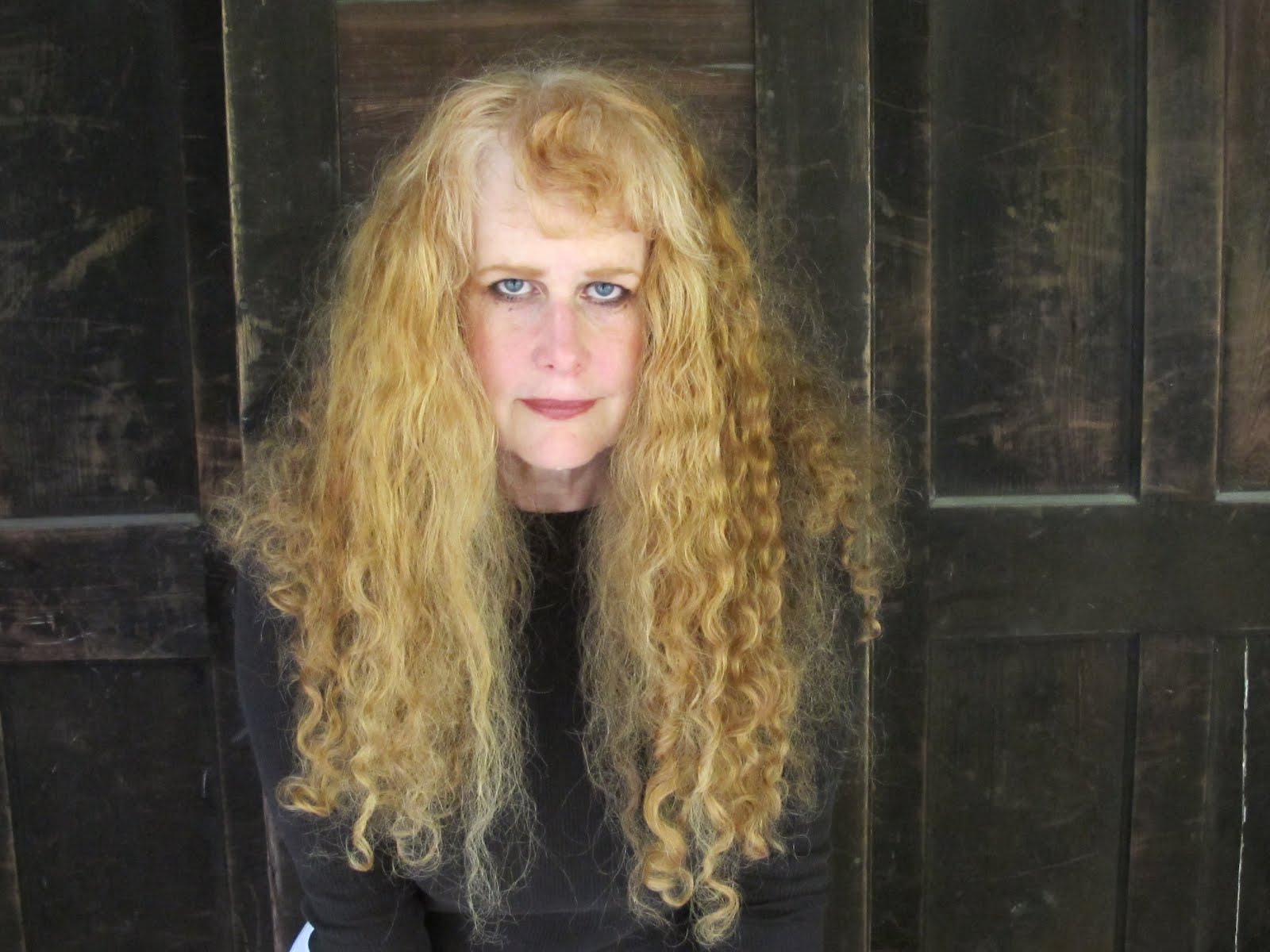Winners Ti of Book Chatter and Anita Yancey
And now an announcement from Graham Parke:
I’d originally planned to have a monkey draw two random numbers out of a hat (then use the inverse hexadecimal value – because you cannot trust monkeys, not at the prices I’m willing to pay) but apparently there are laws against monkey labor. There are permits involved. It’s a whole thing. So instead I asked a friend to think of two random numbers while dressed in a monkey suit, without telling him what the numbers were for. This seemed sufficiently random to me, although it later occurred to me how worrying it was that my friend would actually do this without ever asking why. There might be a thinly veiled cry for help in there somewhere…
 |
|
 |
A big thank you to all the bloggers and readers who supported the Unspent Time launch event (especially those who bought multiple versions of the weird little novels that wrecked a thousand reasonably useful minds.)
Anyway, here’s the results, thank you all for joining in, winners will be contacted and forced to accept prizes, let me know if you ever come across bits in the novels you like, stay healthy and sane,
“We played for about half an hour before I realized we were actually playing two different games. What I’d thought of as ludo was actually a game called gin rummy, and what Warren was playing seemed to be a mixture of craps and table tennis. Once we started playing by one consistent set of rules, though, the fun was really over.” Graham Parke, No Hope for Gomez!









